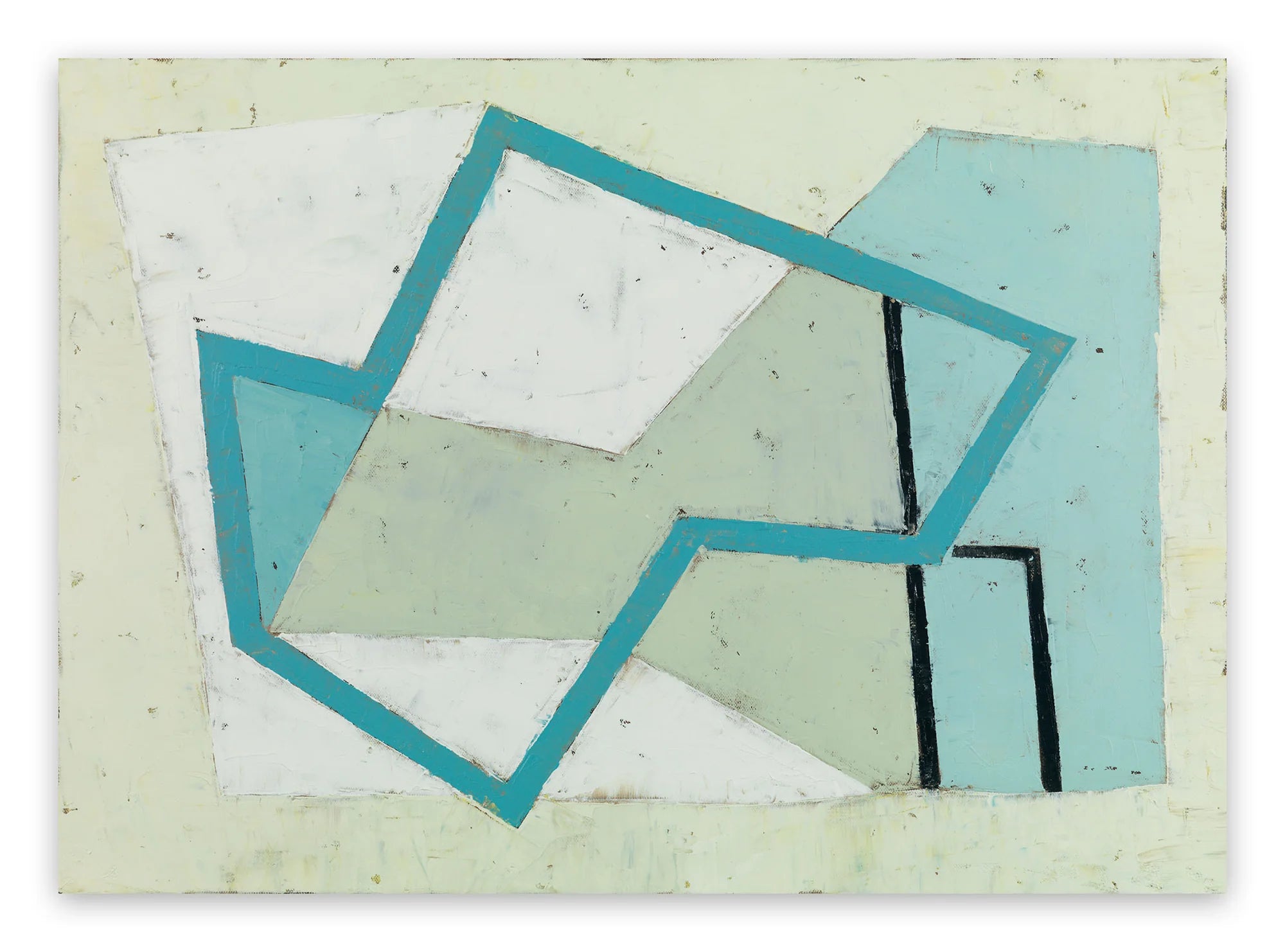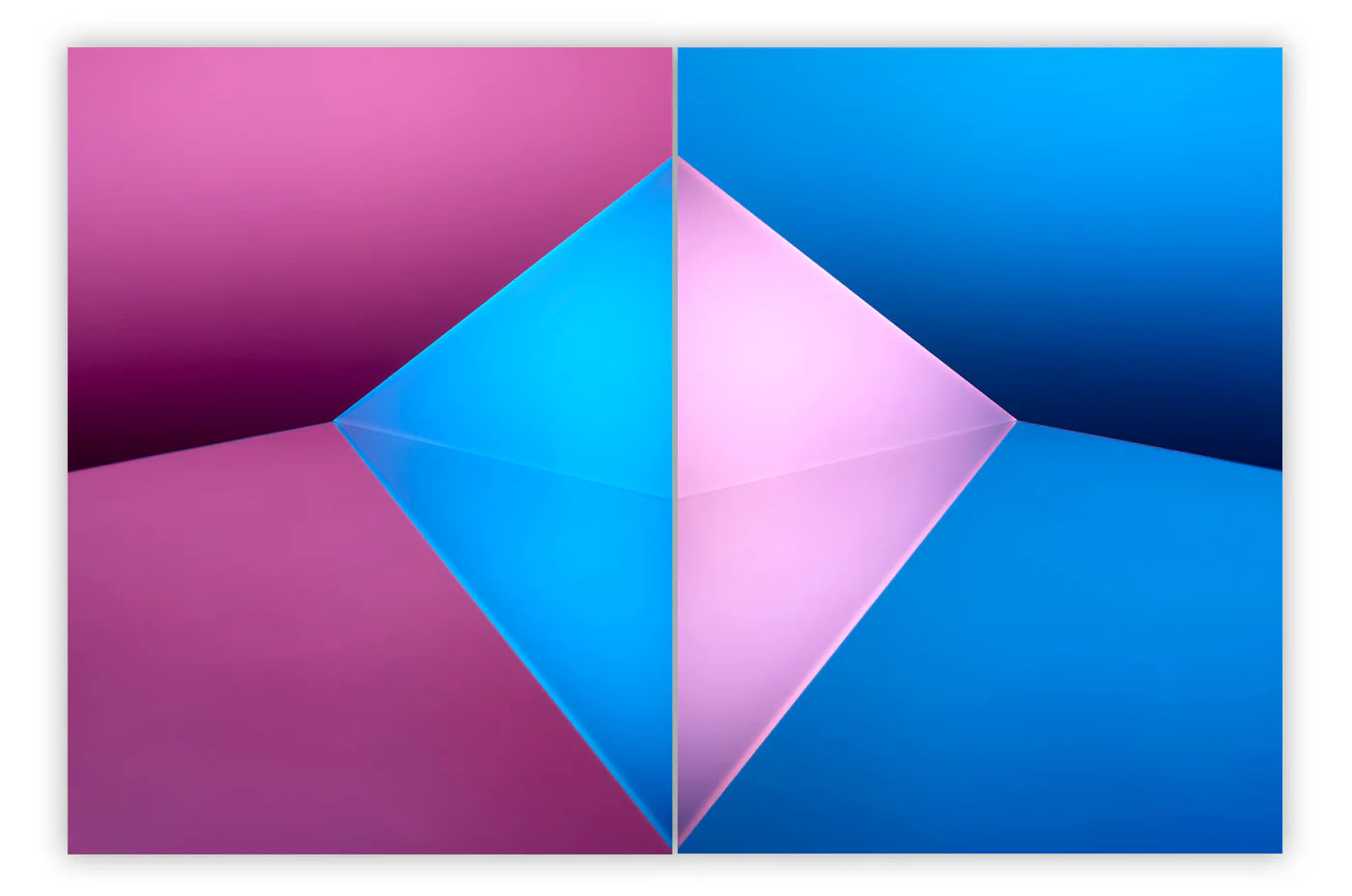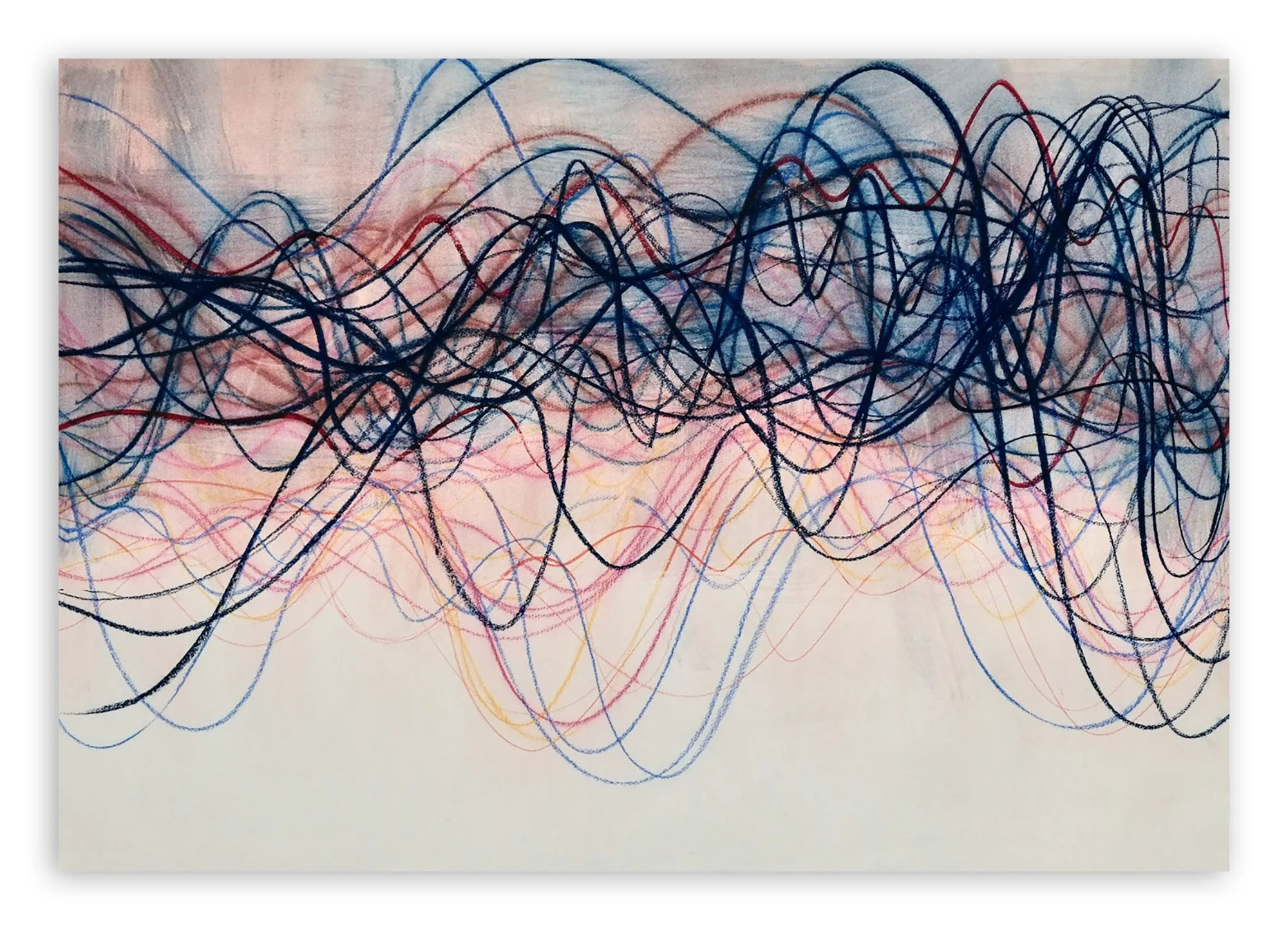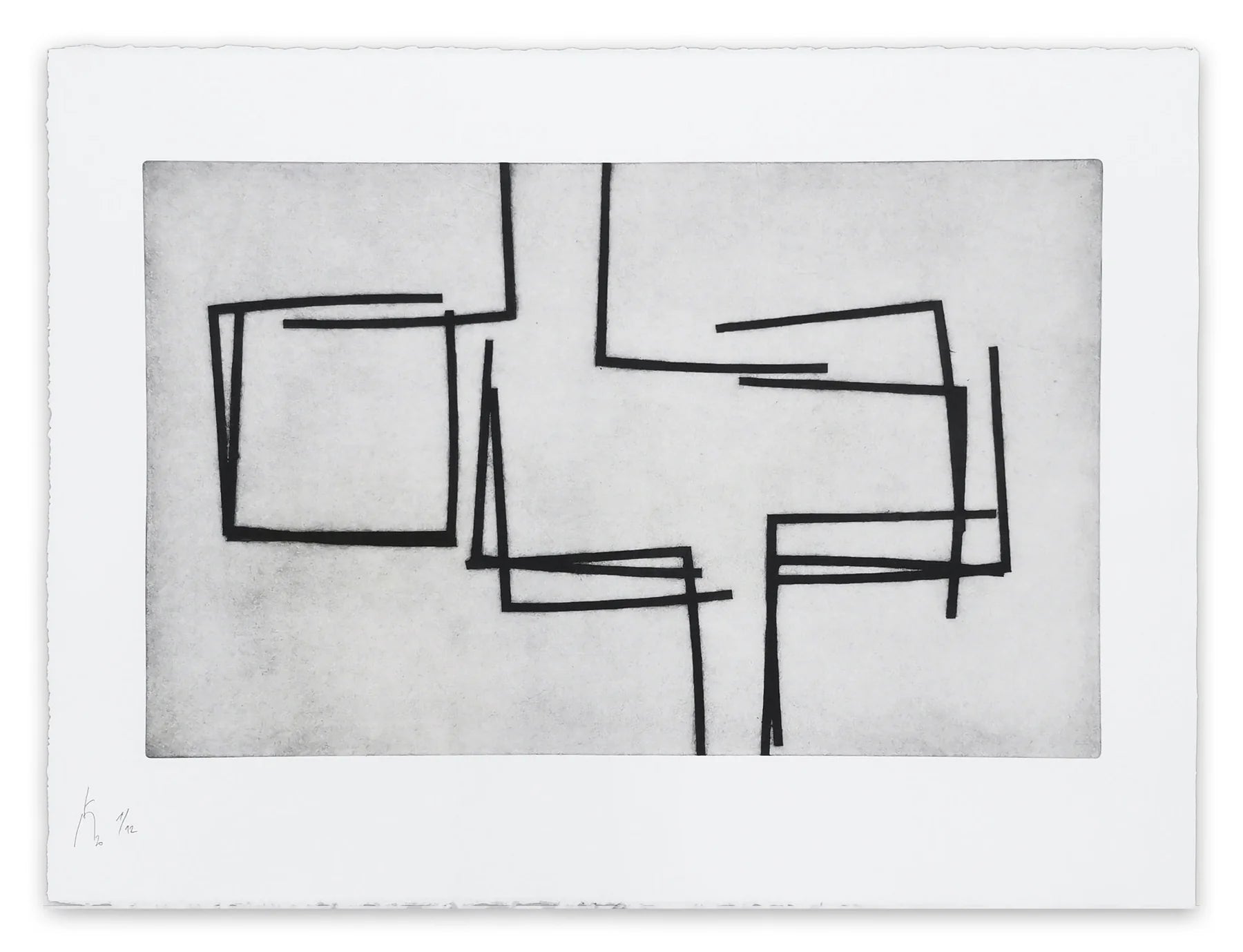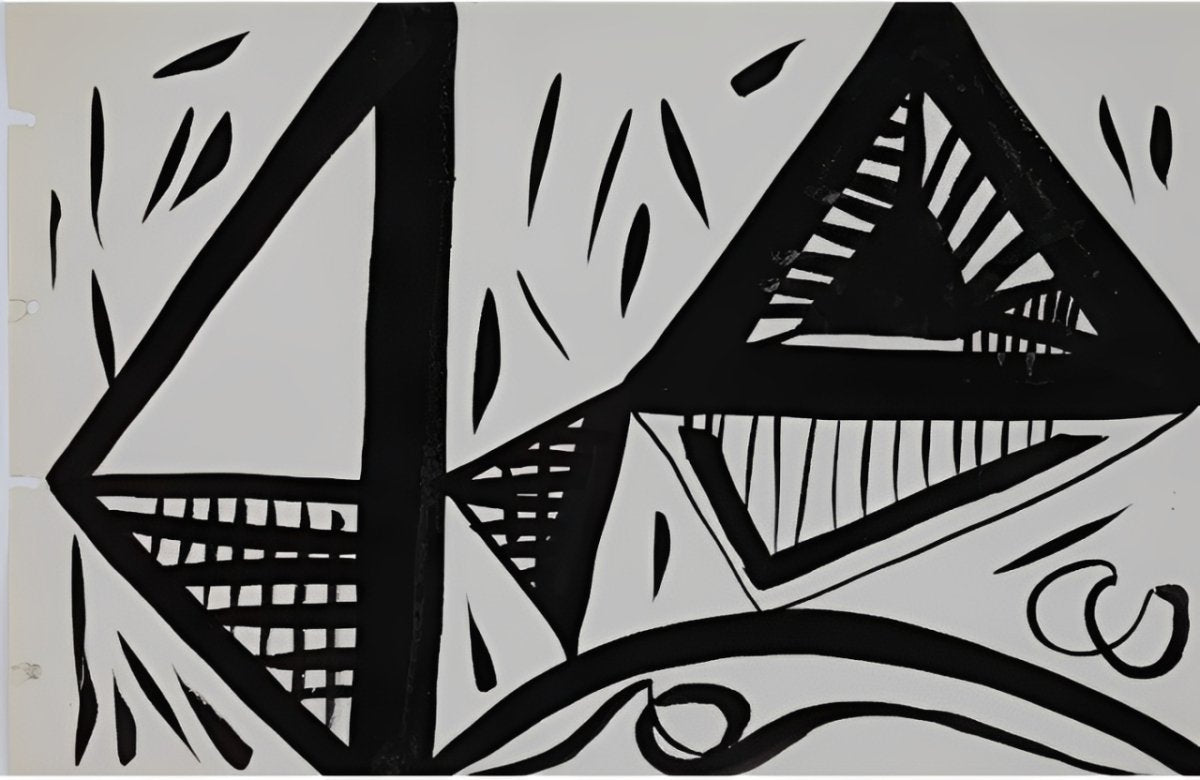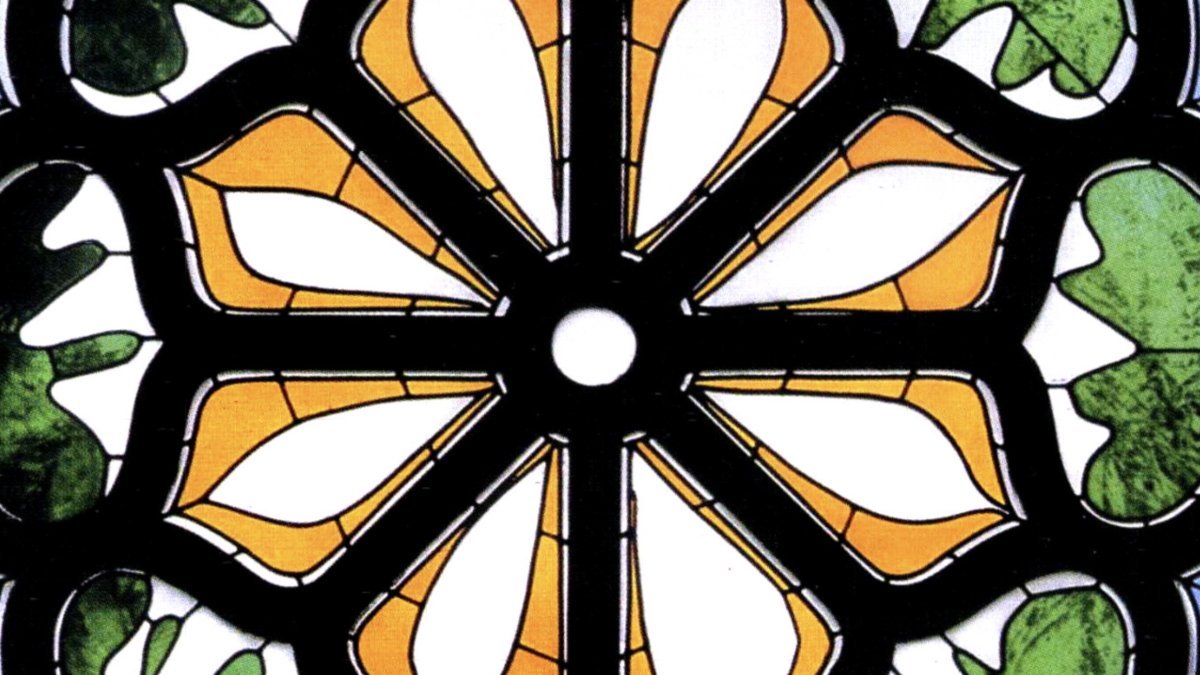
什麼是繪畫?
1890年,法國畫家 Maurice Denis 著名地說:「一幅畫——在成為戰馬、裸體女子或某個故事之前——本質上是一個平面,上面以某種順序排列著顏色。」然而,儘管這一簡單定義頗具吸引力,百年後,關於何謂繪畫的爭論比以往更加激烈。繪畫屢次成為視覺藝術家的尊貴媒介,在拍賣中拍出天價,遠非雕塑可比,更不用說謙卑的素描或版畫。然而,在日益全球化且以打破界限和跨學科藝術實踐為特徵的藝術世界中,繪畫與相關媒介之間的界線並不總是那麼容易辨別。
繪畫作為最早的藝術表現形式之一,千百年來一直為全球人類所實踐,考古證據如在澳大利亞北部阿納姆地區洞穴中發現的使用過的赭石,將此習俗追溯至至少六萬年前。更著名的是法國南部的 Grotte Chauvet 洞穴壁畫,描繪了犀牛、獅子、水牛和猛獁象,使用黑色和赭石繪製。儘管這些圖像極具代表性,但是否符合現今繪畫的標準仍不明確……
事實上,在西方藝術史的大部分時間裡,繪畫一詞幾乎專指油畫,且多在畫布或木板上創作,而紙上或其他載體上的作品通常被歸類為素描,無論所用媒介為何。依此定義,水墨畫和水彩畫被歸為素描,這種分類至今在某些圈子仍被採用。例如,最近在巴黎舉辦的 Drawing Now 藝術展的參觀者可能會驚訝地看到許多繪畫作品,通常是水彩,與較傳統的「素描」作品並列展出。事實上,儘管該展如其名專注於素描媒介,主辦方仍選擇將任何紙上作品定義為素描。
相比之下,傳統東方繪畫通常是在紙張或絲綢上創作,而非畫布。作為世界上最古老且持續不斷的藝術傳統之一,傳統中國畫,稱為 guóhuà,更接近書法藝術,而非西方繪畫,藝術家使用毛筆將黑色或彩色墨水塗於紙張或絲綢上。然而,擁有如此豐富的歷史與傳統,若僅因使用紙張或絲綢而將此類作品排除在繪畫範疇之外,在日益全球化的藝術世界中,這將是一種不必要的以西方為中心的媒介觀點。
有些人不專注於支持物,而是根據所用媒介來定義繪畫。事實上,大多數通常被歸類為繪畫的作品都是使用懸浮於液體中的顏料創作的,無論是油、 水、壓克力,還是像墨水這樣的溶劑混合物。根據這一定義,粉彩作品與繪畫之間唯一的區別在於一者是固態,另一者是液態,因為兩者所用的顏料類型是相同的。

Anya Spielman - 悲傷,2007,6.7 x 6.7 吋
什麼是繪畫——為什麼這個問題難以回答?
儘管如此,在簡單地將繪畫定義為任何將液態顏料媒介塗抹於表面的作品之前,仍有幾個值得注意的例外。首先,雖然有許多墨水作品輕易被歸類為繪畫,但我們不應忽視墨水素描悠久且重要的傳統。雖然墨水繪畫與素描之間的界限不總是明確,但兩者的主要區別通常在於線條的使用與較大色彩或色調區域的運用。中國文人畫家如八大山人的墨水繪畫不僅有線條,還有墨色暈染的區域,而梵谷著名的墨水素描則完全由線條組成,儘管這些線條極具動感。
然而,隨著藝術家越來越多地擺脫舊有的風格和形式限制,無論是結合圖像與更具繪畫感的技法,還是像 Jean Buffet 和 Anselm Kiefer 這類藝術家使用混合媒材,對於什麼構成繪畫的嚴格標準變得越來越難以捉摸。事實上,考慮到支持物、媒介、技術或風格等眾多因素,繪畫與其他視覺藝術形式之間的界線比以往任何時候都模糊,讓當代畫家面對一塊空白畫布,有機會重新發明這一古老媒介。
在 IdeelArt,我們也必須考慮這個棘手的問題。為了確保我們巧妙篩選器的效率,我們決定採用系統性方法,根據作品的製作過程來定義繪畫和素描:如果材料(必須是液態,通常是壓克力、油畫、蠟、粉彩或水彩)是用刷子塗抹或直接潑灑在畫布上,則該作品被視為繪畫。如果是用筆或同類工具直接塗抹(通常用於硬質材料如炭筆、石墨或粉彩,但也可用於蠟、墨水及其他材料),則該作品為素描。但正如我們所見,這只是眾多可能定義中的一種……
精選圖片:Gary Paller - 19, 2015。壓克力畫布。24 x 20.1 吋
